Boost Your Productivity By Avoiding These Home Office Mistakes
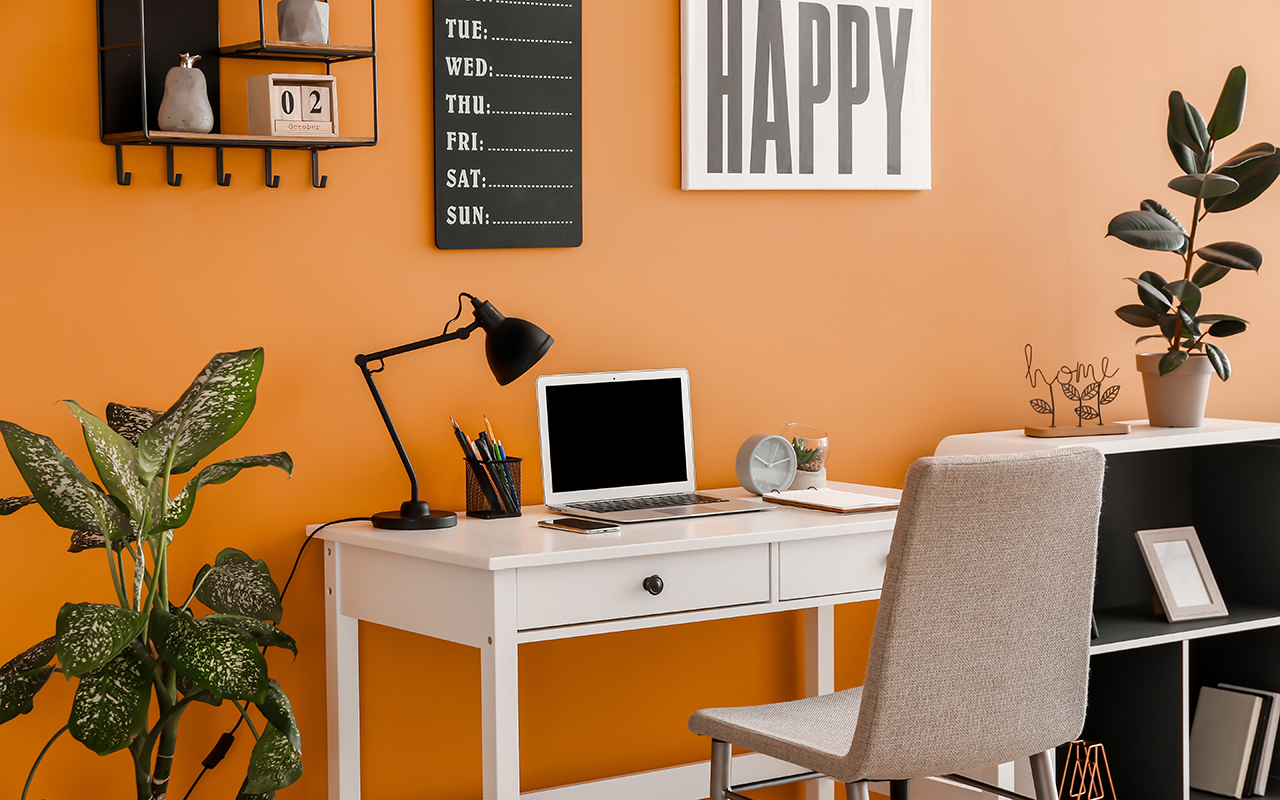
A well-designed home office can significantly boost your productivity and overall job satisfaction. However, some common mistakes can hinder your workflow and decrease your efficiency. From poor lighting and uncomfortable seating to distractions and disorganized workspaces, these pitfalls can negatively impact your focus and creativity.
By understanding and avoiding these common mistakes, you can create a productive and inspiring workspace that supports your professional goals. Whether you’re a freelancer, remote worker, or simply need a dedicated space to tackle tasks, optimizing your home office can lead to increased productivity, reduced stress, and a more fulfilling work-life balance.
Combining Work and Home Spaces
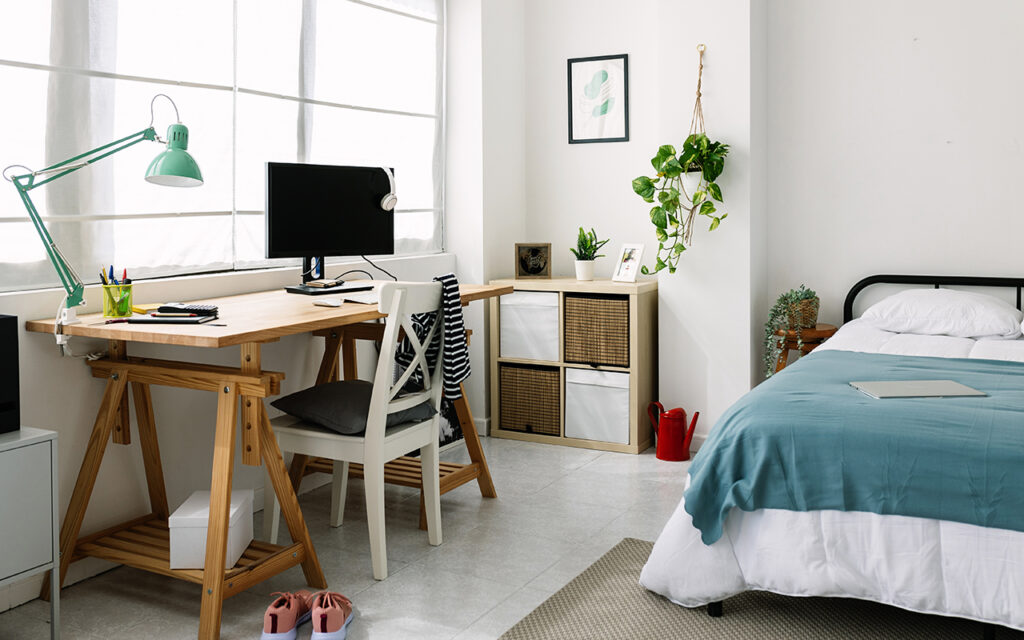
It’s essential to maintain a clear separation between your work and home spaces. Blending these two can lead to increased stress, decreased productivity, and difficulty in unwinding after work hours. Designate a specific area in your home as your dedicated workspace. When you’re not working, make a conscious effort to leave this space and engage in relaxing activities. By establishing clear boundaries between work and personal time, you can improve your mental health, work-life balance, and overall productivity.
Outdated Technology
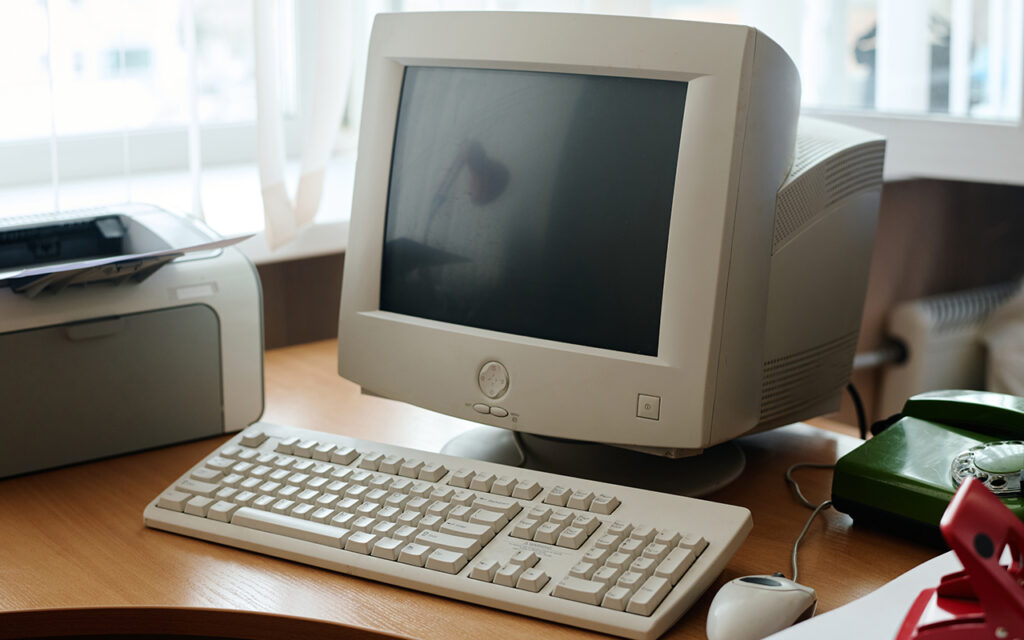
Outdated technology can significantly hinder your productivity and efficiency. Slow computers, outdated software, and unreliable internet connections can lead to frustration and wasted time. To stay productive, invest in reliable and up-to-date technology. This includes a fast computer, high-speed internet, and the latest software. By upgrading your technology, you can streamline your workflow, reduce stress, and increase your overall productivity.
Skipping Regular Cleaning

A clean and organized workspace can significantly boost your productivity and reduce stress. Regular cleaning can help eliminate distractions, improve your mood, and enhance your overall well-being. Make it a habit to tidy up your desk at the end of each workday. Wipe down surfaces, organize your belongings, and empty the trash. By maintaining a clean and clutter-free environment, you can create a more focused and productive workspace.
Poor Air Circulation
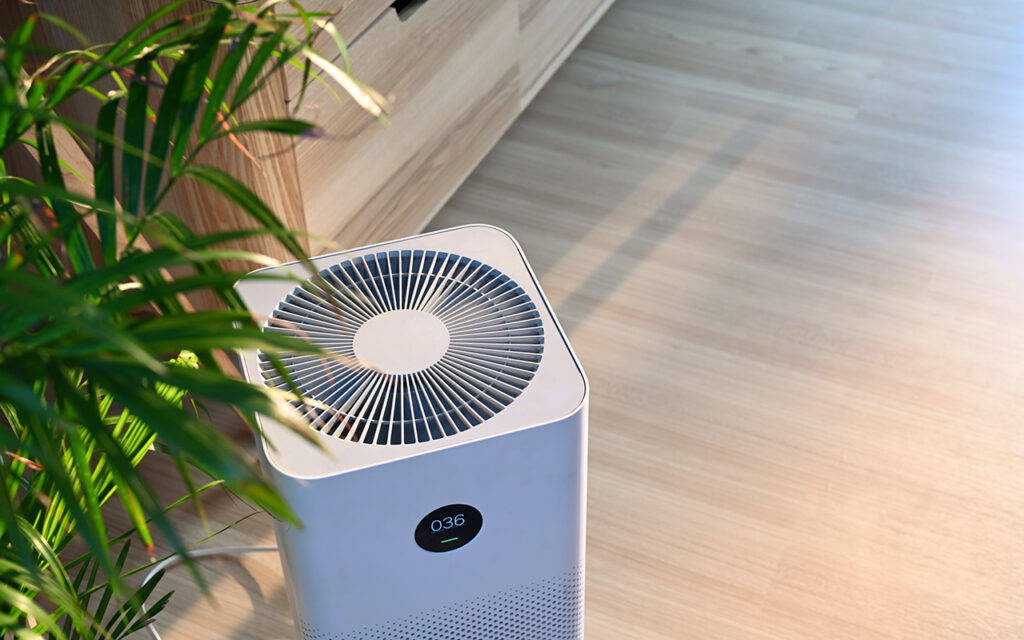
Poor air circulation can lead to a stuffy, uncomfortable, and unproductive work environment. Stagnant air can contribute to headaches, fatigue, and difficulty concentrating. To improve air quality, open windows or use fans to promote airflow. Consider investing in an air purifier to remove pollutants and allergens from the air. By ensuring proper ventilation, you can create a fresh and invigorating workspace that supports your productivity and well-being.
Forgetting the Benefits of Indoor Plants
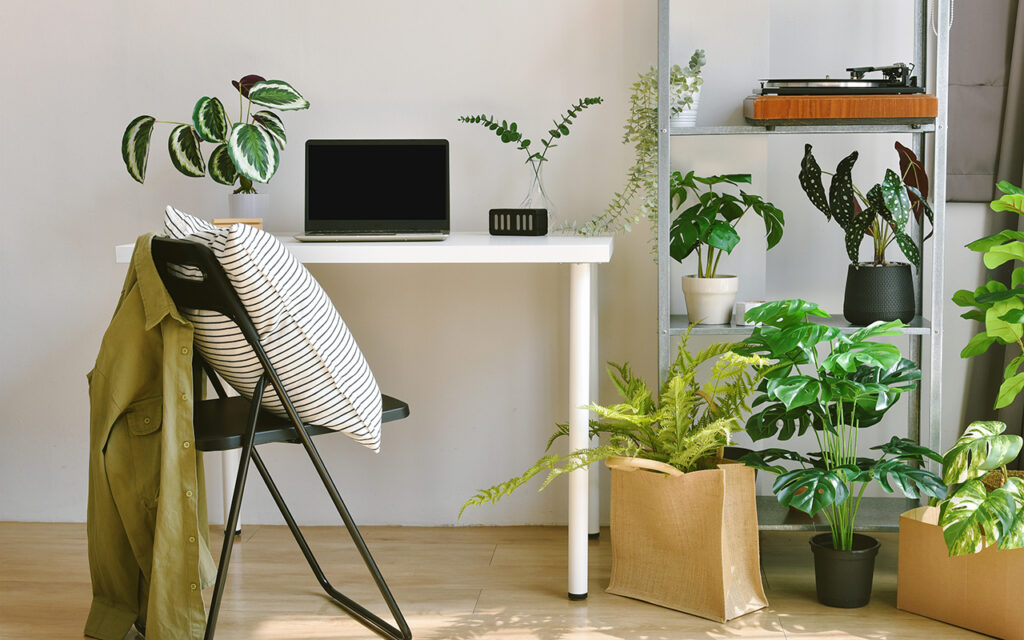
Indoor plants can significantly enhance your home office environment. Not only do they add a touch of natural beauty, but they also improve air quality, reduce stress, and boost productivity. Studies have shown that plants can increase focus, creativity, and overall job satisfaction. By incorporating plants into your workspace, you can create a more serene and inspiring environment. Choose low-maintenance plants that thrive in low-light conditions, such as snake plants, peace lilies, or ZZ plants.
Cluttered Cables
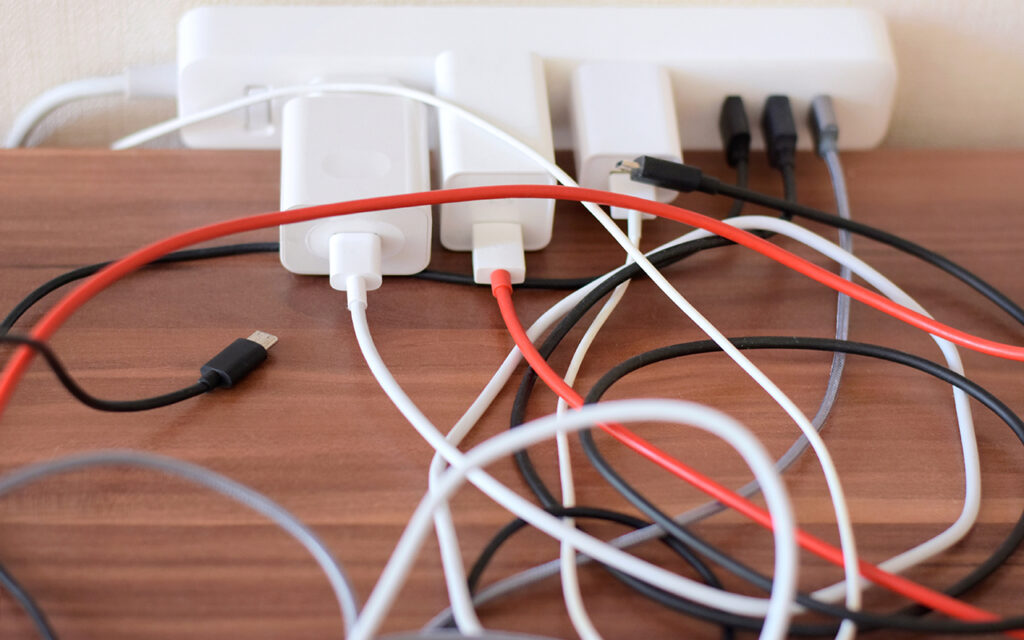
Tangled and disorganized cables can create a cluttered and chaotic workspace. Not only are they unsightly, but they can also be a safety hazard. To improve the look and functionality of your home office, take the time to organize your cables. Use cable ties, cable clips, or cable sleeves to keep your cords neat and tidy. By managing your cables effectively, you can create a more organized and professional-looking workspace.
Bad Desk Placement

The placement of your desk can significantly impact your productivity and well-being. Avoid positioning your desk directly in front of a window, as the glare from sunlight can strain your eyes and cause headaches. Instead, position your desk perpendicular to a window to maximize natural light while minimizing glare. Additionally, ensure your desk is positioned away from distractions such as high-traffic areas or noisy appliances. By optimizing your desk placement, you can create a more focused and productive work environment.
Lack of Individuality

A personalized workspace can significantly boost your mood, creativity, and productivity. When your surroundings reflect your personal style and interests, you’re more likely to feel inspired and motivated. Incorporate elements that inspire you, such as artwork, plants, or personal mementos. By creating a space that you love, you’ll be more likely to enjoy your work and achieve your goals.
Forgetting to Soundproof
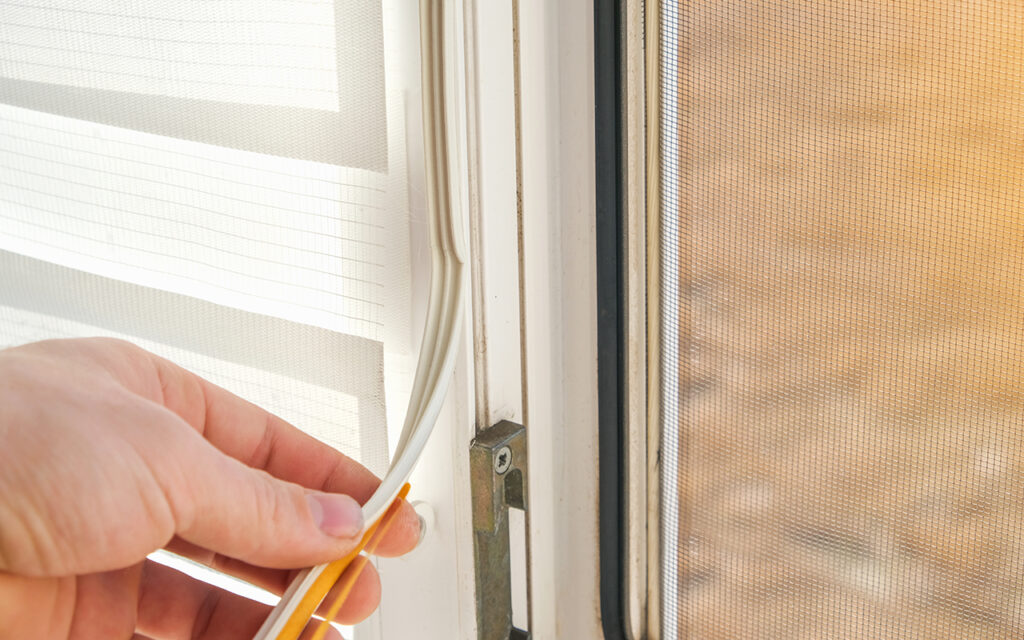
Background noise can significantly disrupt your workflow and reduce your productivity. Whether it’s noise from traffic, neighbors, or household members, it can be challenging to focus in a noisy environment. To create a peaceful and productive workspace, consider soundproofing your home office. This can be achieved by using sound-absorbing materials like acoustic panels, curtains, or rugs. Additionally, you can invest in noise-canceling headphones to block out unwanted noise and improve your focus. By minimizing distractions, you can increase your productivity and overall job satisfaction.
Ineffective Temperature Control
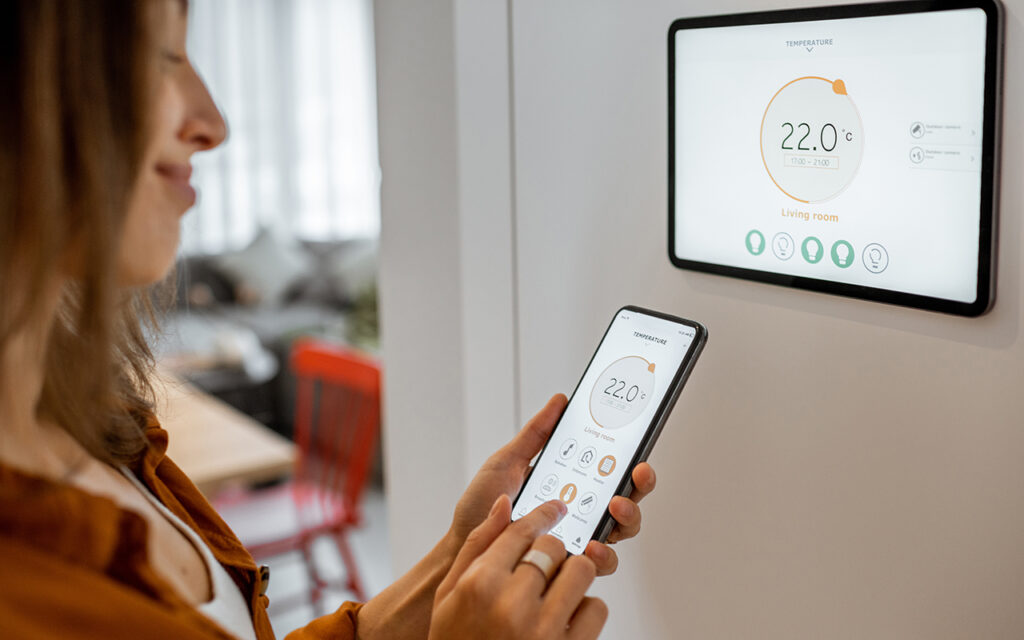
Maintaining a comfortable temperature in your home office is crucial for optimal productivity. If you’re too hot or too cold, it can be difficult to focus and concentrate. To ensure optimal comfort, invest in a thermostat that allows you to adjust the temperature as needed. Additionally, consider using layers of clothing to regulate your body temperature. By maintaining a comfortable temperature, you can improve your mood, energy levels, and overall productivity.
Insufficient Storage

Insufficient storage space can lead to clutter, disorganization, and frustration. When your workspace is cluttered, it can be difficult to find what you need, leading to wasted time and decreased productivity. To maximize your storage space, invest in organizational tools such as drawer dividers, file organizers, and storage bins. By keeping your workspace tidy and organized, you can improve your focus, reduce stress, and enhance your overall productivity.
Visually Noisy Environment
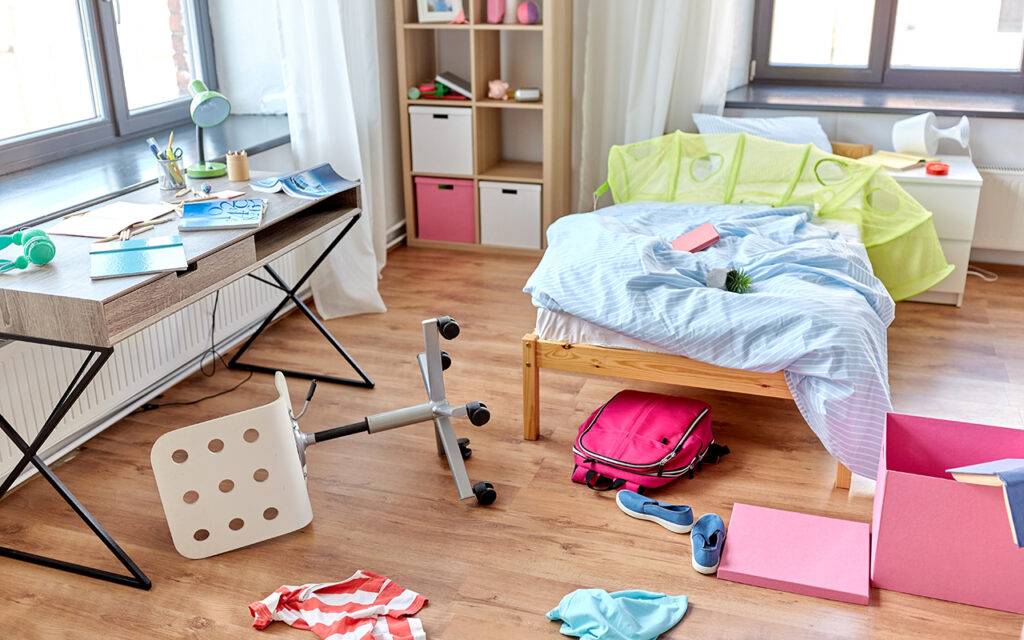
A visually cluttered and noisy environment can significantly hinder your focus and productivity. When your workspace is filled with distractions, it can be challenging to concentrate on tasks. To create a calm and productive environment, minimize visual clutter by decluttering your desk and surrounding area. Consider using noise-canceling headphones or white noise machines to reduce distractions and create a more peaceful atmosphere. By minimizing visual and auditory distractions, you can improve your focus and overall productivity.
Lack of Natural Light
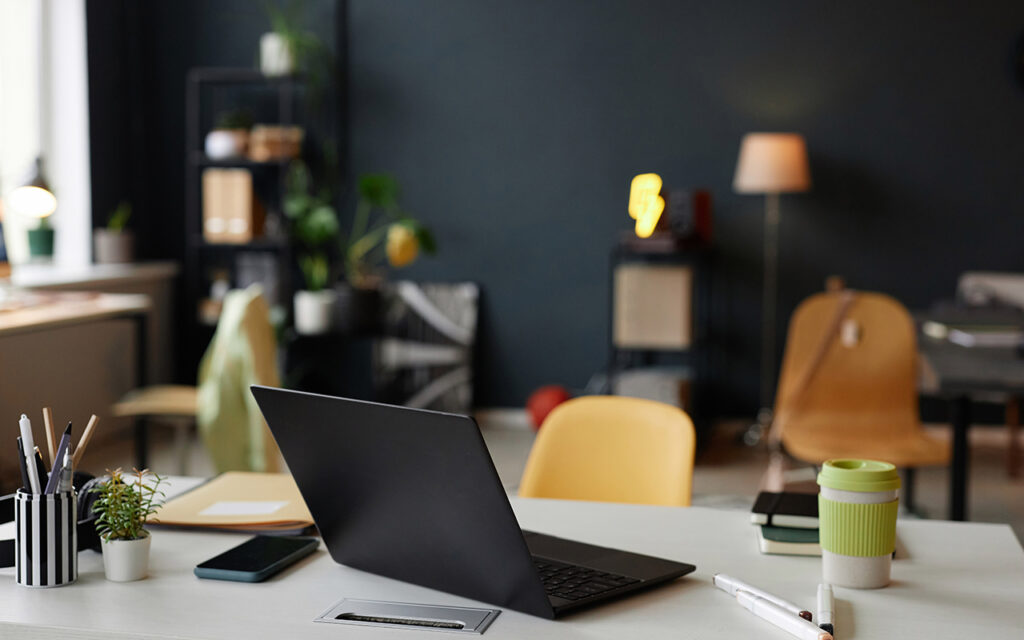
Natural light has a significant impact on mood, energy levels, and productivity. A dark and gloomy workspace can lead to feelings of fatigue and decreased motivation. To optimize your home office, position your desk near a window to maximize natural light exposure. If natural light is limited, consider using full-spectrum light bulbs to mimic daylight and improve your overall well-being. Adequate lighting can help reduce eye strain, improve focus, and create a more positive work environment.
Cluttered Desk

A cluttered desk can significantly hinder your productivity and creativity. When your workspace is disorganized, it can be difficult to find what you need, leading to frustration and wasted time. To maintain a clutter-free environment, invest in storage solutions such as drawers, shelves, and organizers. Regularly declutter your desk, removing any unnecessary items. By keeping your workspace tidy, you can improve your focus, reduce stress, and enhance your overall productivity.
Poor Ergonomics

Ignoring ergonomic principles can lead to significant discomfort and long-term health problems. An improperly set up workspace can cause strain on your neck, back, and wrists. To avoid these issues, ensure your chair provides adequate lumbar support and adjust your desk height so your feet are flat on the floor and your wrists are level with the keyboard. Invest in an ergonomic keyboard and mouse to reduce strain on your hands and wrists. Additionally, take regular breaks to stretch and move around to prevent stiffness and fatigue.